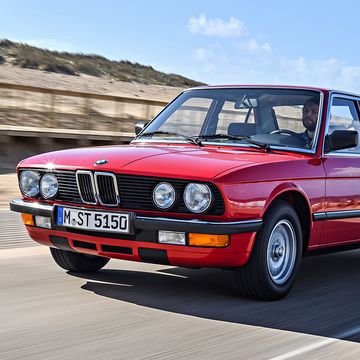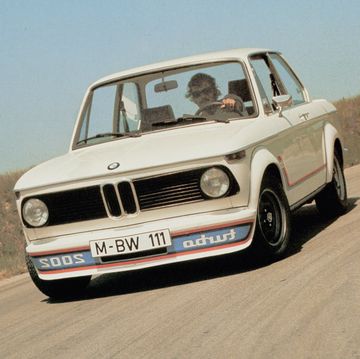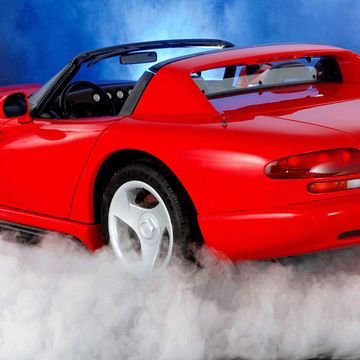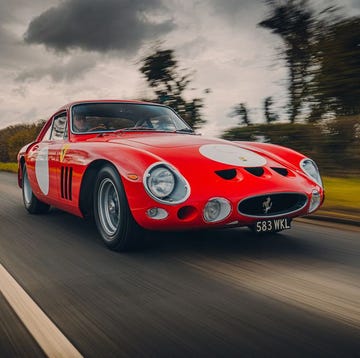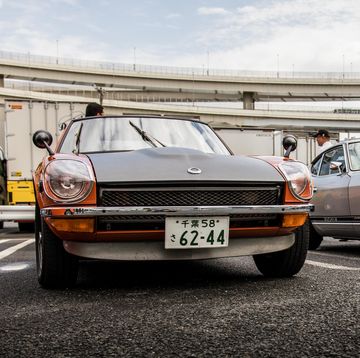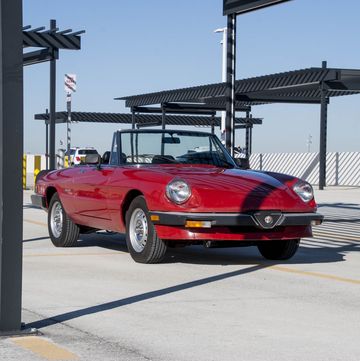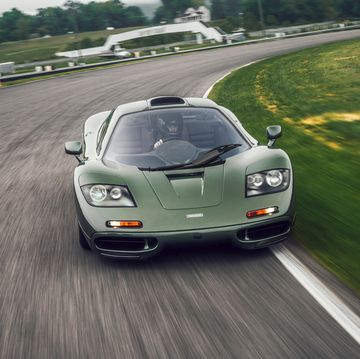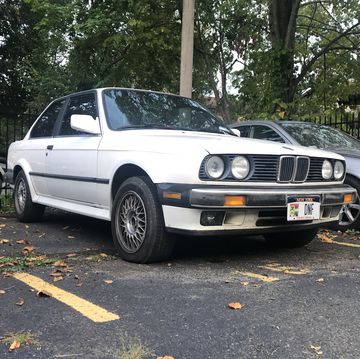In the early days of Lamborghini, engineers Gian Paolo Dallara, Paolo Stanzani, and Bob Wallace wanted to build a race car. Feruccio Lamborghini wasn't interested, but he gave the engineers, all in their late 20s and early 30s, permission to build a sort of race car for the street. The result was a gamechanger that singlehandedly set the template for the modern supercar.
The Miura, as Harry Metcalfe of Harry's Garage details, is what happens when you give a bunch of visionary designers and engineers the freedom to build something without restraint. That freedom led the team to experiment with things like a transverse mid-engine layout, a wild reinterpretation of the transverse engine design used in the Mini.
Its styling was the work of a young designer too: Marcello Gandini of Bertone, who was just 28 when the Miura debuted in 1966. It looked like nothing else on earth when it hit the scene. It's still striking today.
But as groundbreaking as the Miura was, it's not without problems. The transverse engine layout made packaging the gearbox and differential quite difficult, and its shape creates pronounced front-end lift at speed. Metcalfe also notes that the Miura has an inclination to catch fire.
But as soon as he revs the 4.0-liter V12 in this Miura S, all of those problems disappear. Driving a Miura is an all-encompassing experience, requiring all of your mental and physical facilities. It seems like a brilliant way to spend time.
It's hard to comprehend what the Miura did for the performance-car world in its day. Flawed? You bet, but a revolutionary car nevertheless.
A car enthusiast since childhood, Chris Perkins is Road & Track's engineering nerd and Porsche apologist. He joined the staff in 2016 and no one has figured out a way to fire him since. He street-parks a Porsche Boxster in Brooklyn, New York, much to the horror of everyone who sees the car, not least the author himself. He also insists he's not a convertible person, despite owning three.




